SquidKid
Smash Rookie
Since this is a SmashBoards post, I assume you would already know what a platform fighter is. But in case you don’t know,
I don’t know if anyone has posted anything like this, but I figured I’d approach this from the viewpoint of a prospective game designer (since that’s where my college education is going). I also don't know if this belongs in Smasher's Hangout or Resources, so I'd like it moved it if I need to move it (thanks in advance, I haven't been here for 4 years).
So, what are the core elements at the heart of a platform fighter?
Platforms can be used to give players positional advantages, such as escaping a character with a wide attack radius or reading an opponent’s trajectory when launched. Generally, players can’t grab the edges of these platforms, but they can grab onto ledges of the main part of the stage.
In the case of Smash 4 and Ultimate, characters like Ryu from Street Fighter and Kazuya from Tekken could use some of their respective command inputs from their home games. This was not only a nice touch, but also a way to potentially help newcomers graduate into other, more traditional fighting games.
Other platform fighters may opt for different control schemes so as to not upset Nintendo, but still go for a control scheme that exemplifies the “easy to learn, difficult to master” mantra. Most games allow you to remap your controls to better suit your liking for flexibility and muscle memory.
Some games will litter the battlefield with random item drops, allowing for even more carnage. Whether you love them or not, watching your friends get screwed over by a crate that blew up in their face is never not funny.
The advantages of rollback are numerous compared to the old delay-based systems, but are somewhat offset by increased development time and (in the case of Smash) general apathy towards competitive players.
What I referred to are advanced game mechanics, ones that are often not explicitly mentioned in a game’s instruction manual or tutorial. Techniques like wavedashing are optional to a player; If they want to learn how to use them and compete, that’s up to them. If not, they’re not missing out on much.
People love crossovers in video games; It’s one reason why #FreeMVC2 exists. It allows players to answer the “What If?” question, such as who would win in a fight between Mario and Sonic. These special guest characters can also draw more people into the games that they hailed from, allowing them to better appreciate those games. Smash popularized the idea of the Fighter’s Pass, allowing players to buy all the new characters in a pack for a bundled deal, unlocking them when their development is complete. It also allows fans to debate who would be fit to be included in the game.
The hype machine also spawns a lot of reaction videos online.
Examples of Platform Fighters (and Their Developers)
I hope this outlines what a platform fighter is. If you already knew, then I hope you enjoyed reading this regardless. Make sure to guard that ledge before the opponent gets back!
Images & Videos:
A platform fighter is a subgenre of fighting games where it has gameplay similarities to platformer games.
Super Mario Bros. is a platformer, while Super Smash Bros. is a platform fighter.
I don’t know if anyone has posted anything like this, but I figured I’d approach this from the viewpoint of a prospective game designer (since that’s where my college education is going). I also don't know if this belongs in Smasher's Hangout or Resources, so I'd like it moved it if I need to move it (thanks in advance, I haven't been here for 4 years).
So, what are the core elements at the heart of a platform fighter?
1. The Platforms
Duh. It’s in the name.
In a platform fighter, there are often platforms that are suspended in the air for gameplay purposes. Traditional fighting games by comparison are set on a fixed plane with little variation (unless you’re Virtua Fighter 3, Dead or Alive 3 or Tekken 4).Duh. It’s in the name.
Some stages in games like Smash have many platforms...
(Big Battlefield from Super Smash Bros. Ultimate)
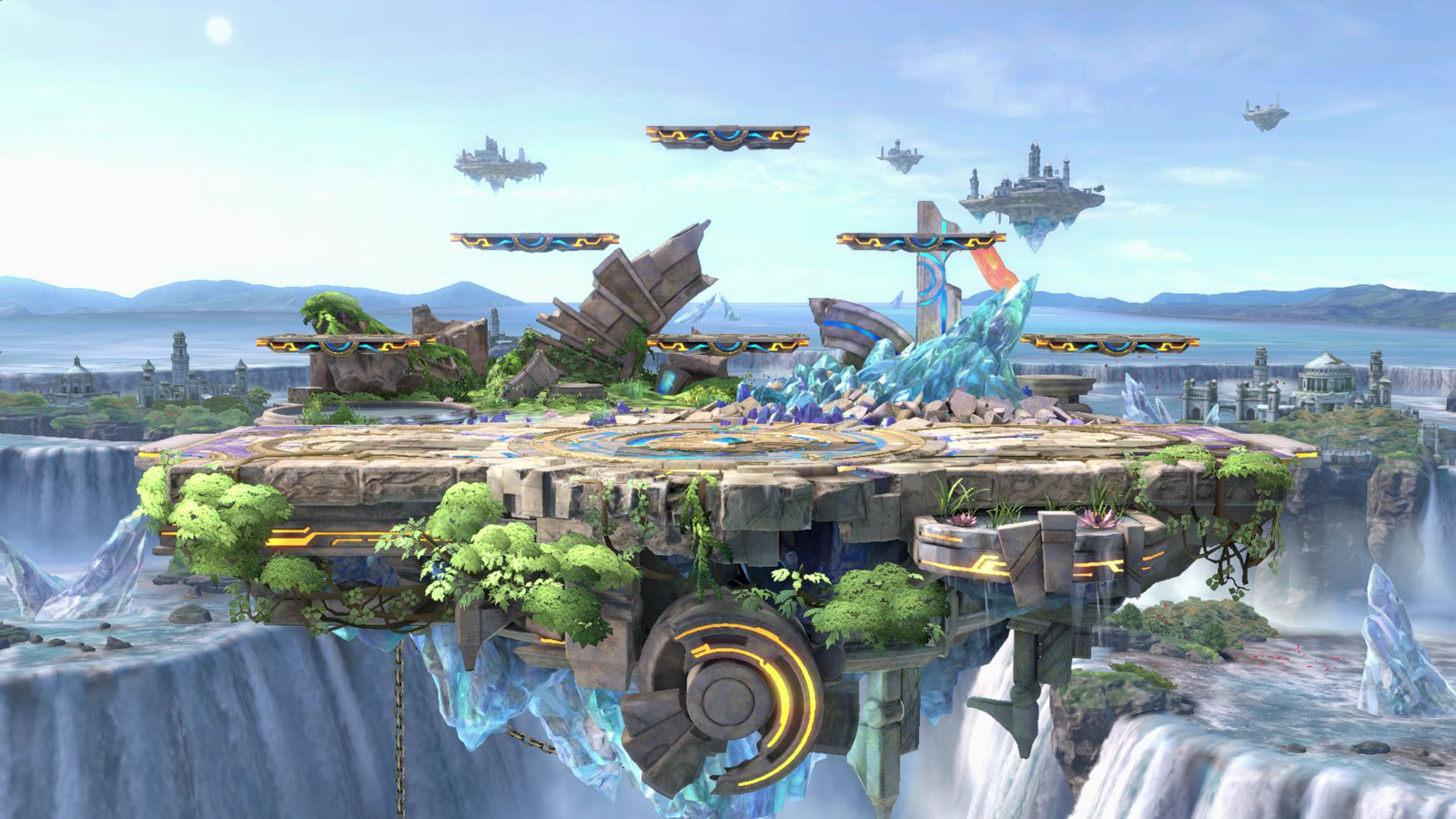
...while other stages don’t have any at all.
(Final Destination from Super Smash Bros. Melee)
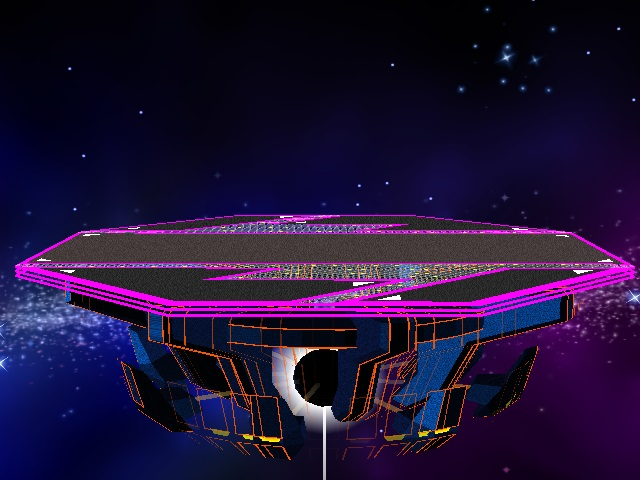
Generally, a player character can drop below a platform by tapping down on a control stick, phasing right through them. These are “semi-solid”, which means players can go through them as if they were nothing, yet also be able to stand on them.(Big Battlefield from Super Smash Bros. Ultimate)

...while other stages don’t have any at all.
(Final Destination from Super Smash Bros. Melee)

Platforms can be used to give players positional advantages, such as escaping a character with a wide attack radius or reading an opponent’s trajectory when launched. Generally, players can’t grab the edges of these platforms, but they can grab onto ledges of the main part of the stage.
2. Knockback > Life Bars
Life bars aren't fair.

The most popular platform fighters don't use life bars like classic fighting games (though they may have “stamina” modes that do). Instead, they opt to use a knockback based system where the more damage you take, the farther you get launched. This is commonly expressed in percentages. For example, a player is more likely to get sent further at 60% than they are at 20%. If a player is at a high enough percentage, some attacks could send them too far off the screen, resulting in a loss of a life, or “stock” as it’s referred to in Smash.Life bars aren't fair.

3. Easy Execution
Because Raging Storm is anything but easy.
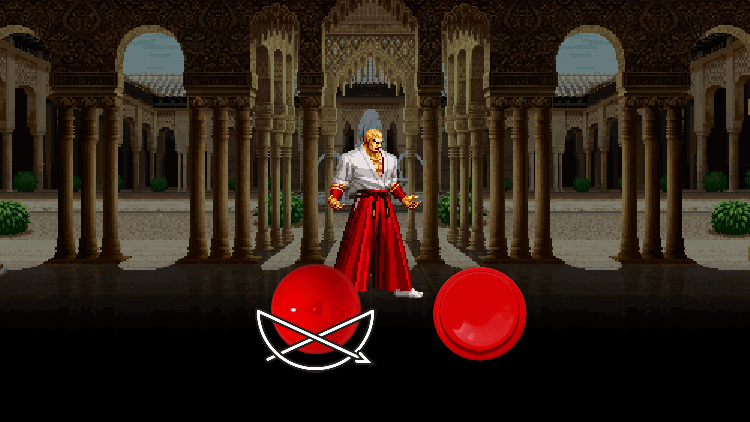
In order to deal the damage, one has to know the moves of a fighter. When Masahiro Sakurai came up with the idea of Smash, he felt guilty for destroying a couple in The King of Fighters (true story, look it up). From that point forward, he sought to create a fighting game that would be very beginner-friendly. The command inputs that fighting games were (and still are) notorious for were jettisoned in favor of a universal control scheme where every character could be controlled the same way.Because Raging Storm is anything but easy.

In the case of Smash 4 and Ultimate, characters like Ryu from Street Fighter and Kazuya from Tekken could use some of their respective command inputs from their home games. This was not only a nice touch, but also a way to potentially help newcomers graduate into other, more traditional fighting games.
Other platform fighters may opt for different control schemes so as to not upset Nintendo, but still go for a control scheme that exemplifies the “easy to learn, difficult to master” mantra. Most games allow you to remap your controls to better suit your liking for flexibility and muscle memory.
4. Multiplayer Madness
Put those controller ports to good use.
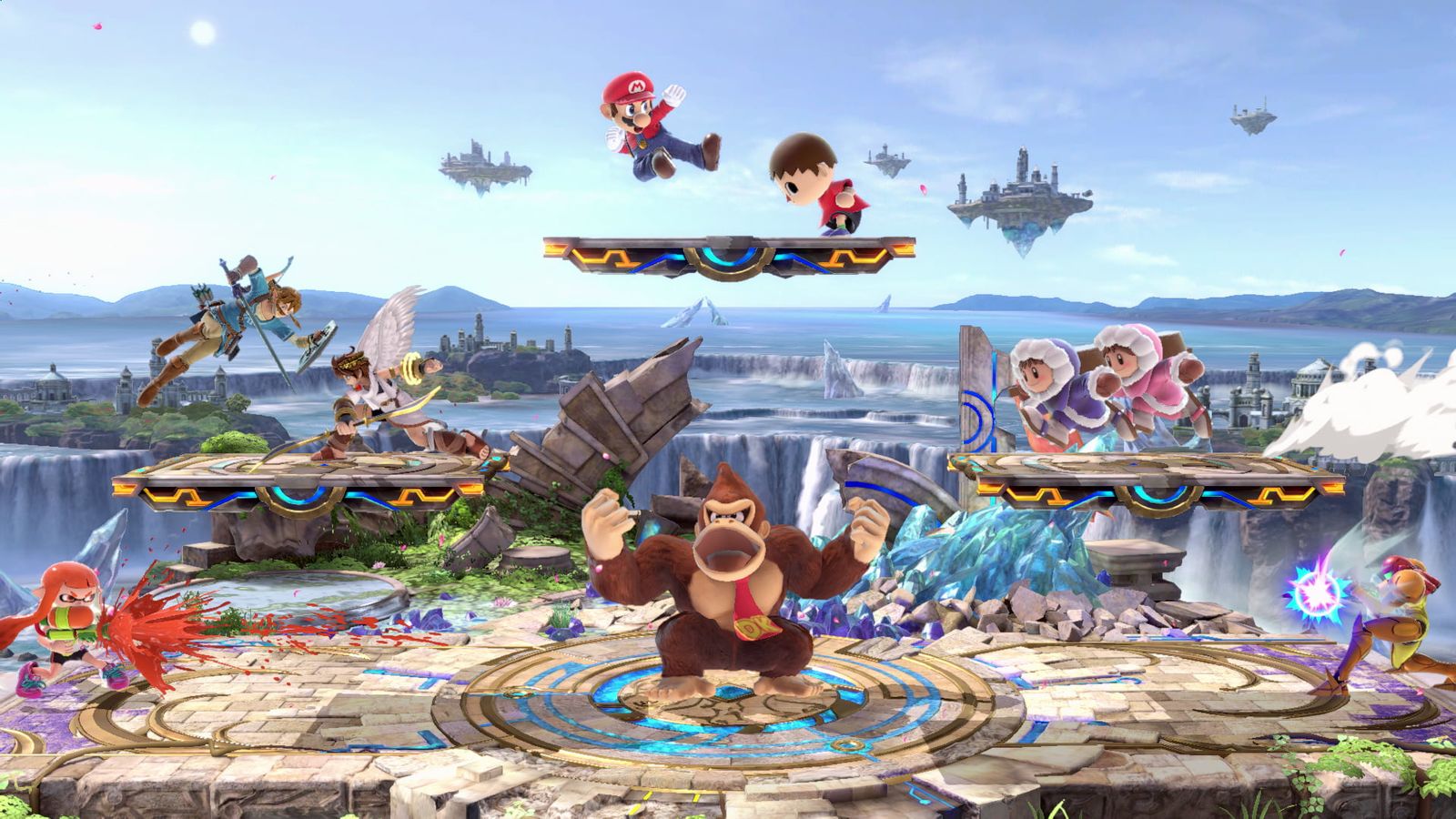
Because the stages are larger in scope than traditional fighters, this allows more than 2 players to fight at one time. The sweetspot was 4 players, mainly because 3 generations of Nintendo consoles had room for 4 controller ports. Later Smash games, however, allowed for up to 8 players with a large list of compatible controllers. The sheer amount of chaos that ensues with 4+ players will always be memorable.Put those controller ports to good use.

Some games will litter the battlefield with random item drops, allowing for even more carnage. Whether you love them or not, watching your friends get screwed over by a crate that blew up in their face is never not funny.
5. A Colorful Cast of Characters
Why be yourself when you could be a green dinosaur?

What good is a game without some star power or brand recognition behind it? Smash is treated as a celebration of video games with both Nintendo’s own stable of characters as well as third-party characters like Sonic the Hedgehog or Sephiroth. Other games may focus on multimedia properties like Teenage Mutant Ninja Turtles: Smash Up or Nickelodeon All-Star Brawl. Some may have completely original characters like Brawlhalla. Very few have both original characters and official mod support like Rivals of Aether, allowing players to create their own characters.Why be yourself when you could be a green dinosaur?

BONUSES:
B*tchin' Netcode
Because some developers are stuck in the past.
(Above: Core-A Gaming video explaining rollback netcode)
In the era of COVID, duking it out with up to 8 players in the same room just isn’t as viable as it used to be. Most, if not all, games today ship with some sort of online component. For fighting games, the big buzzword is rollback netcode, which allows for mostly seamless online play between 2 players.B*tchin' Netcode
Because some developers are stuck in the past.
Platform fighter fans hoped that Smash would be blessed with rollback netcode...

...but instead they got a cease & desist and a $60 online pass that barely works.

...but instead they got a cease & desist and a $60 online pass that barely works.
The advantages of rollback are numerous compared to the old delay-based systems, but are somewhat offset by increased development time and (in the case of Smash) general apathy towards competitive players.
Competitive Depth
Happy little accidents.
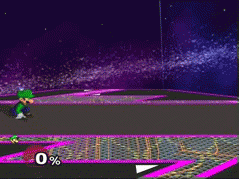
Many games that are competitive in nature tend to foster their own communities that play for bragging rights and potentially money. Some platform fighters grew a massive competitive scene because of oversights in a game’s code. Others took inspiration from that success to carve their own niche. Some were allegedly threatened by Nintendo’s lawyers.Happy little accidents.

What I referred to are advanced game mechanics, ones that are often not explicitly mentioned in a game’s instruction manual or tutorial. Techniques like wavedashing are optional to a player; If they want to learn how to use them and compete, that’s up to them. If not, they’re not missing out on much.
The Hype Machine
They put who in that game?!

If fighting games have taught us anything, it’s that people will buy Soul Calibur II if Link is a playable character in it. Guest characters are considered to be a “hype machine”, which draws attention to certain characters in order to generate more revenue for the companies involved. In layman’s terms: “Sora is in Smash, shut up and take my money!”They put who in that game?!

People love crossovers in video games; It’s one reason why #FreeMVC2 exists. It allows players to answer the “What If?” question, such as who would win in a fight between Mario and Sonic. These special guest characters can also draw more people into the games that they hailed from, allowing them to better appreciate those games. Smash popularized the idea of the Fighter’s Pass, allowing players to buy all the new characters in a pack for a bundled deal, unlocking them when their development is complete. It also allows fans to debate who would be fit to be included in the game.
Examples of Platform Fighters (and Their Developers)
- Super Smash Bros. (Nintendo/HAL/Sora/Bandai Namco)
- Rivals of Aether (Dan Fornace)
- Brawlhalla (Ubisoft/Blue Mammoth)
- Slap City (Ludosity)
- Nickelodeon All-Star Brawl (Game Mill*/Ludosity/Fair Play Labs)
- Teenage Mutant Ninja Turtles: Smash-Up (Ubisoft/Game Arts)
- PlayStation All-Stars Battle Royale (Sony)
- TowerFall Ascension (Maddy Thorson)
I hope this outlines what a platform fighter is. If you already knew, then I hope you enjoyed reading this regardless. Make sure to guard that ledge before the opponent gets back!
Images & Videos:
- Big Battlefield (SSBU)
- Final Destination (SSBM)
- Damage meter (SSBM)
- Pretzel Motion - glossary.infil.net
- 8-Player Smash (SSBU)
- Core-A Gaming: "Analysis: Why Rollback Netcode is Better"
- Nickelodeon All-Star Brawl roster
- The Big House (Twitter)
- Luigi wavedash
- Soul Calibur II: Link
- Hungrybox: "THEY ACTUALLY ADDED SORA TO SMASH ULTIMATE"
Last edited:
